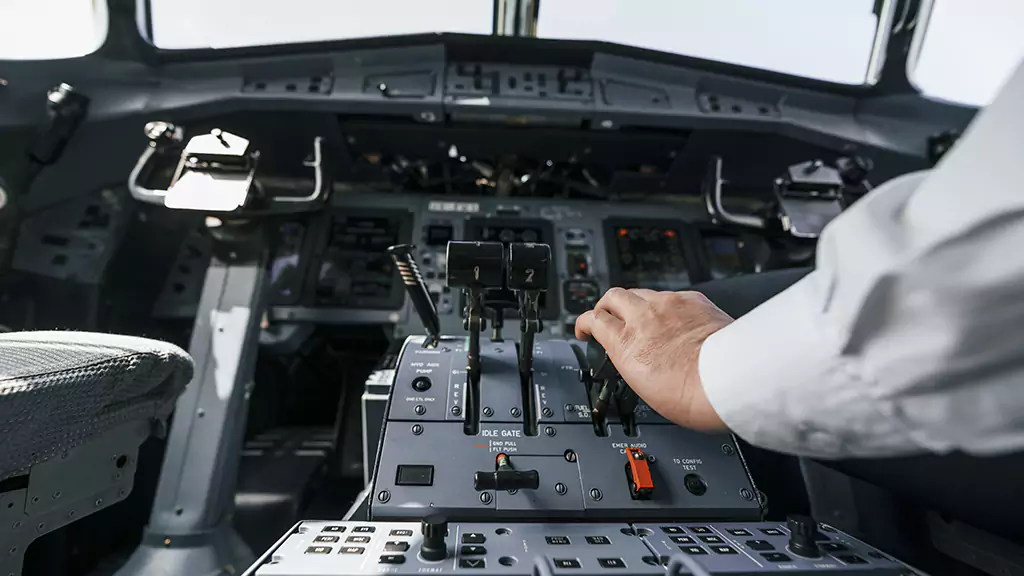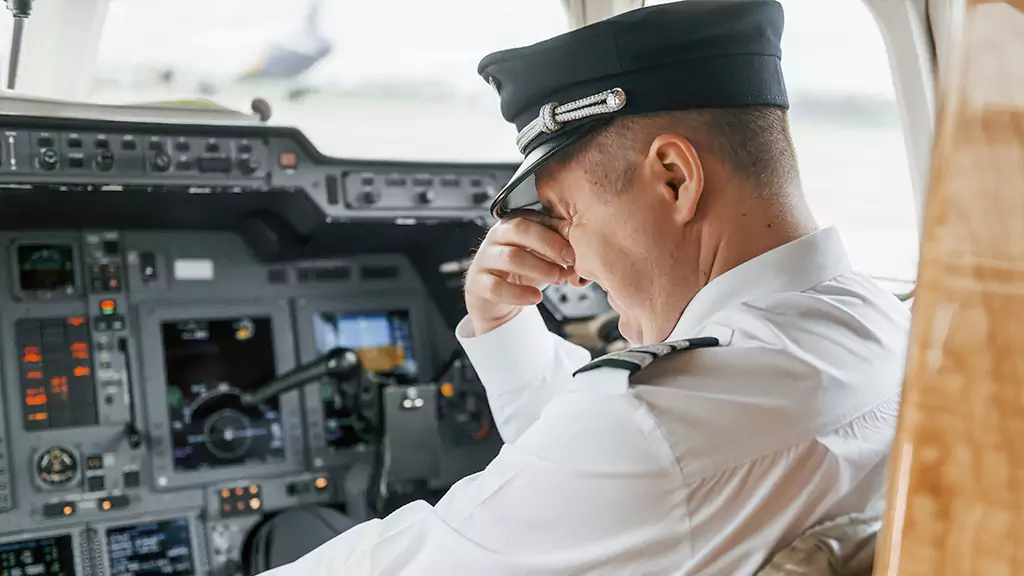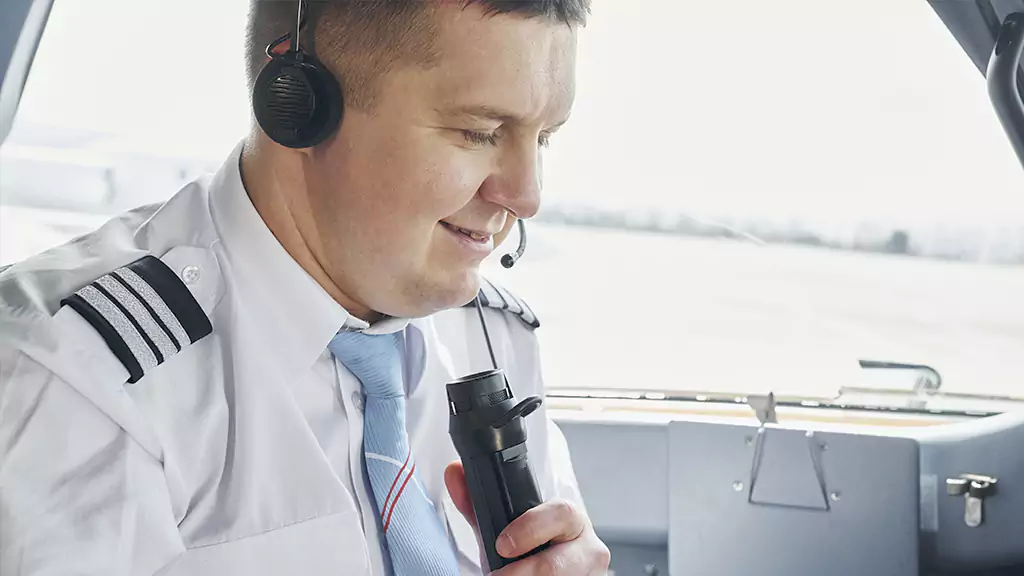If you’re wondering whether or not pilots can wear glasses or contact lenses, there’s a lot of conflicting information available. Aspiring pilots who wear spectacles or contact lenses question if they will be rejected from the profession.
When it comes to flying, can pilots wear glasses or contact lenses?
You can wear spectacles as an airline pilot if your vision is up to par.
A deeper look at what those standards are and some of the other features that accompany them is in required.
Aviation Pilots’ Eyesight Requirements
According to FAA regulations, airline pilots must meet the following visual requirements:
- Vision at a distance: 20/20 in each eye individually, with or without corrective lenses
- With or without correction, each eye has a near vision of 20/40. (measured at 16 inches)
- With or without correction, intermediate vision is defined as 20/40 in each eye at the age of 50. (as measured at 32 inches)
As you can see, contact lenses and glasses are both acceptable as long as you fulfill the aforementioned conditions for clear eyesight.
Errors in Refraction (Nearsighted, Farsighted, Astigmatism)
Anyone who has a refractive defect, such as nearsightedness, farsightedness, or astigmatism, must wear corrective eyeglasses or contact lenses that bring their vision to 20/20 in order to fly in an airplane.
These are the most frequent reasons individuals need to wear glasses, and getting a prescription for corrective lenses from an eye specialist is a simple and fast solution. Taking care of these concerns, such as fuzzy or difficult-to-read material in front of you, will alleviate many of these problems.
Spectacles and Contact Lenses
The Federal Aviation Administration (FAA) strongly advises pilots to always carry a spare set of prescription contacts or glasses on board their aircraft. It’s for the safety of the pilots in the event that their eyeglasses shatter or disappear during an emergency.
Contact Lenses with Monovision
The term “monovision” refers to the practice of wearing two lenses at the same time, one for near vision and one for distance vision. This is because pilots are prohibited from wearing them since they might impact depth perception and overall eyesight quality.
Requirement for Color Vision
In addition, pilots must be able to see colors normally. A person who is colorblind can’t become a pilot, but they must be able to see the colors that would be required for their job in the air.
Pilots are required to take a medical exam as part of their certification process. To verify if your color vision is adequate to safely pilot an airplane, you can complete further tests.
It is possible to only fly at certain times of day or for specific types of flights if you are colorblind.
Conclusion
To be an airline pilot, you do not need to have excellent eyesight. Wearing glasses or contacts is not an option if you do not comply with the FAA’s standards (or whatever governing body if you are outside the United States).
Let the fact that you can’t see perfectly keep you from pursuing your goal of becoming an airline pilot. An Aviation Medical Examiner should be contacted to discuss your specific case if it differs from the examples above or if you have further questions.


